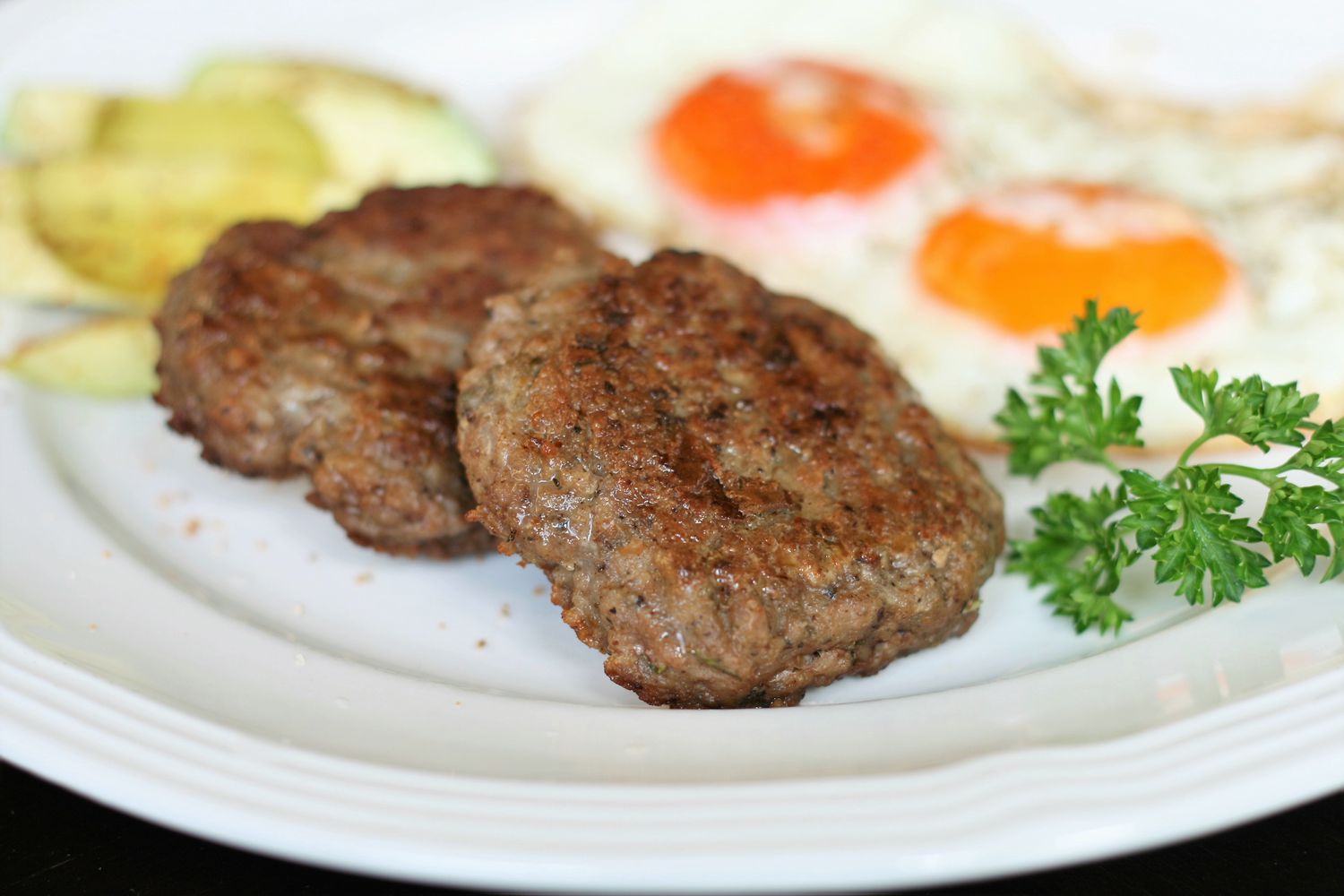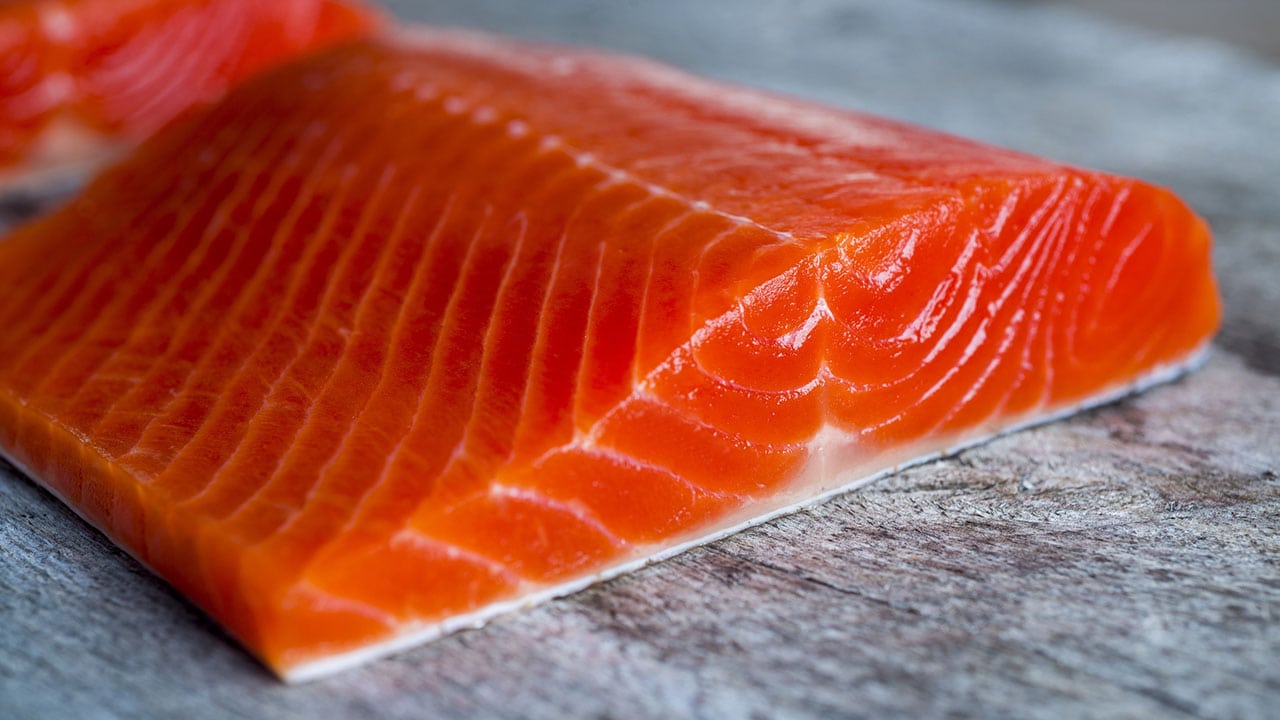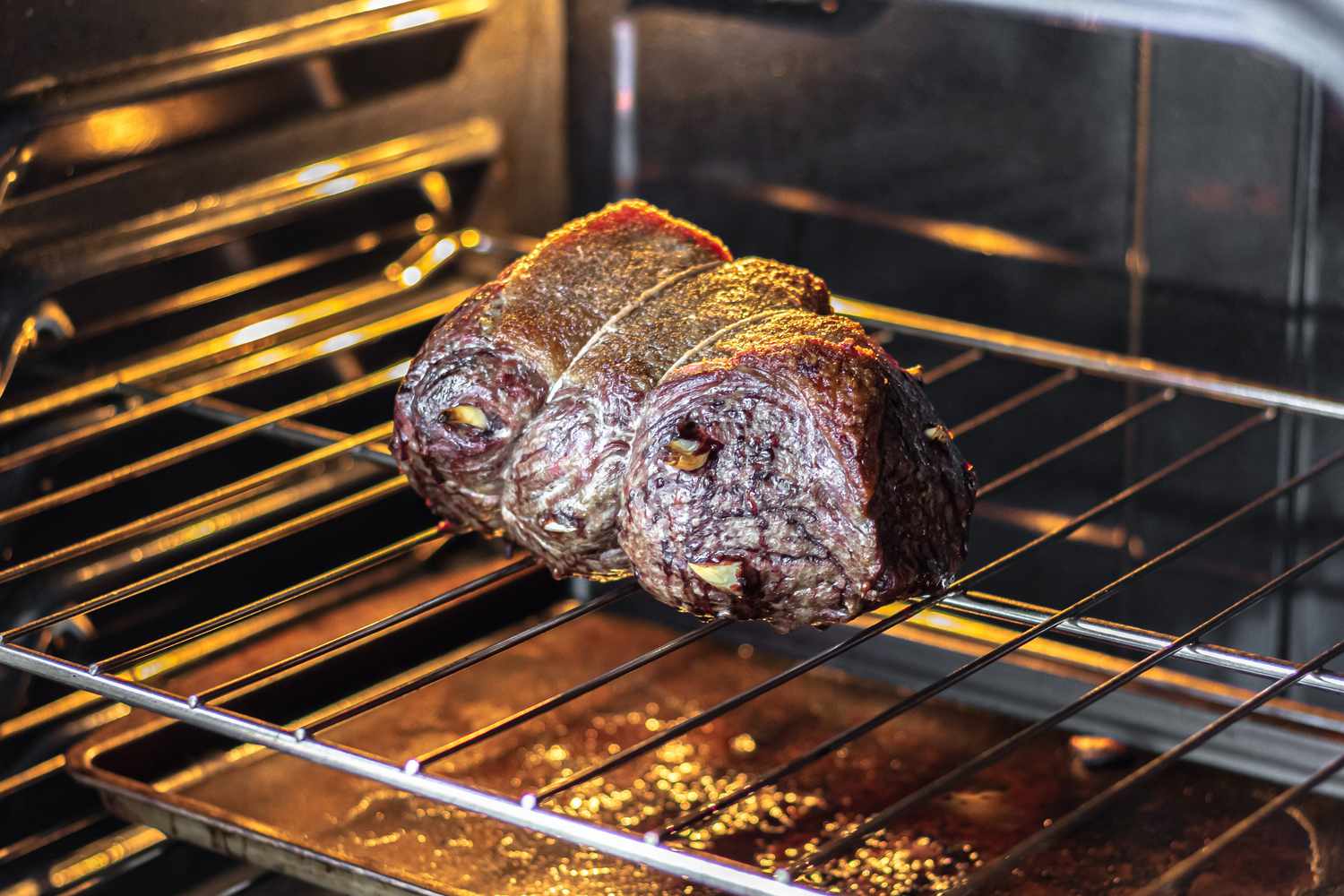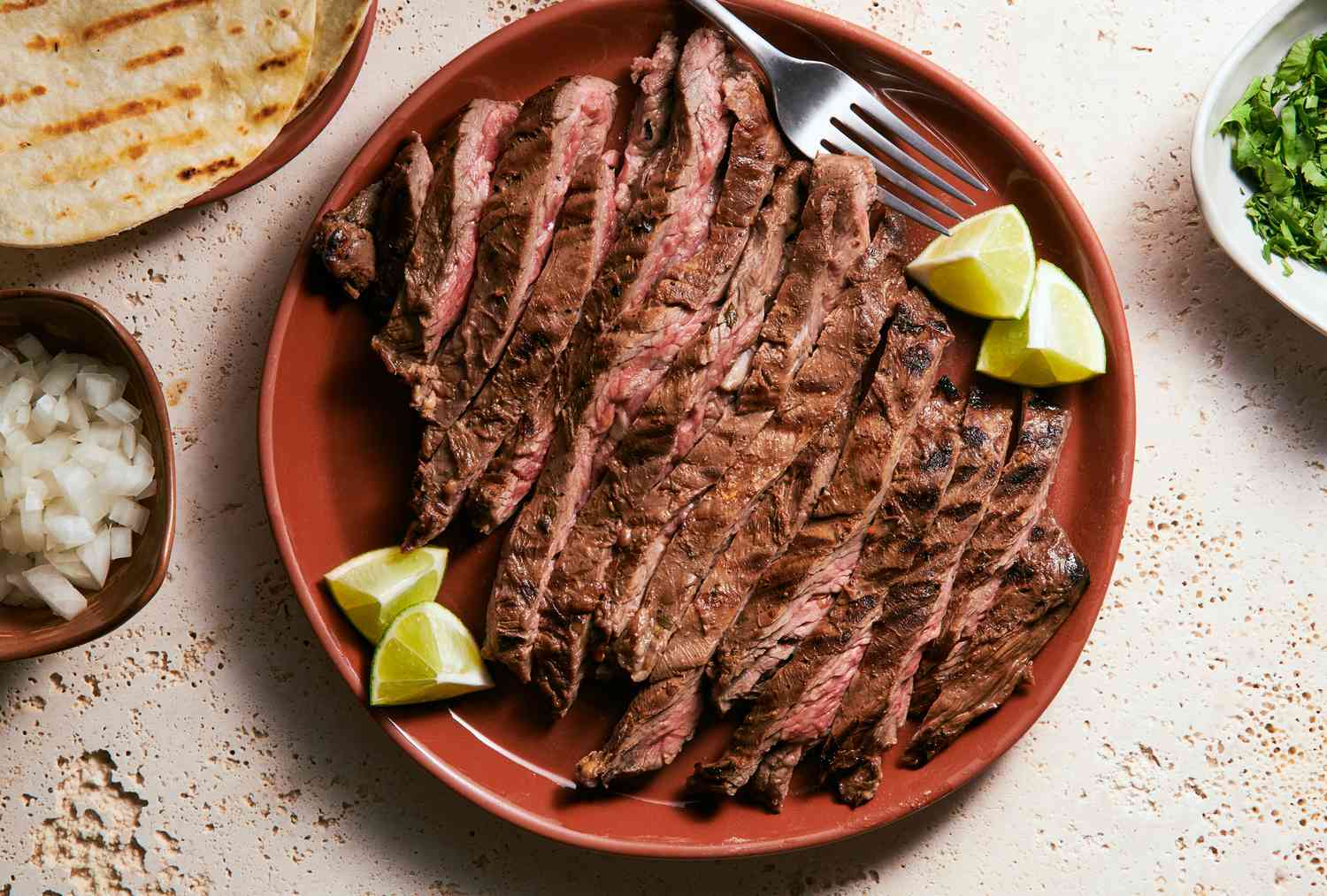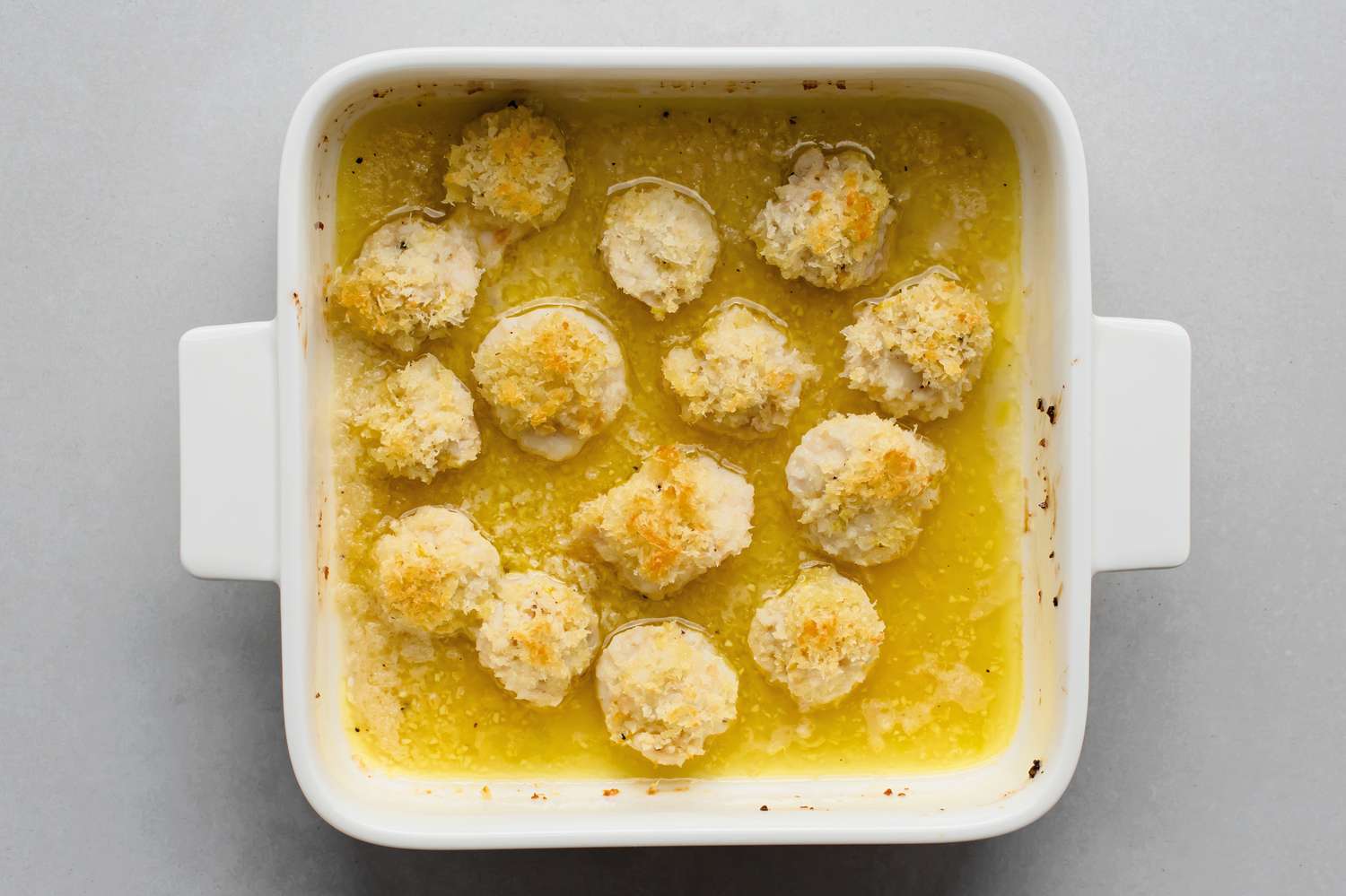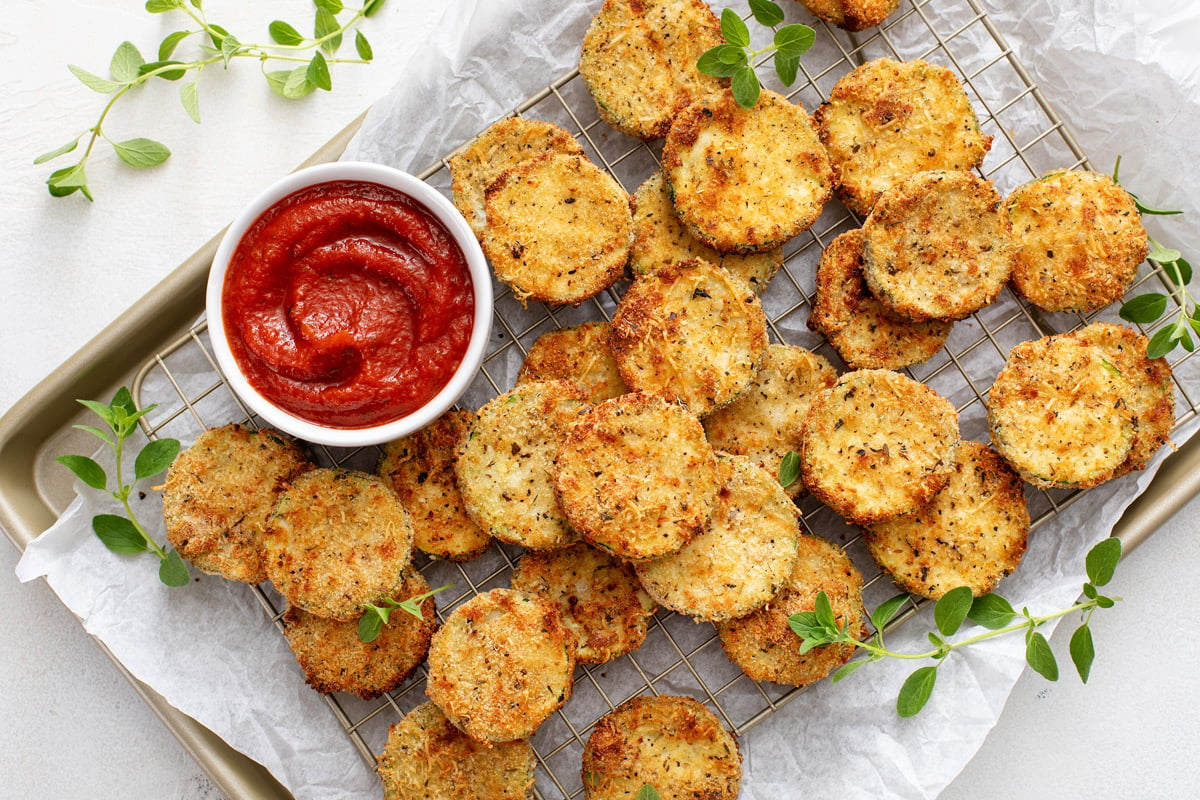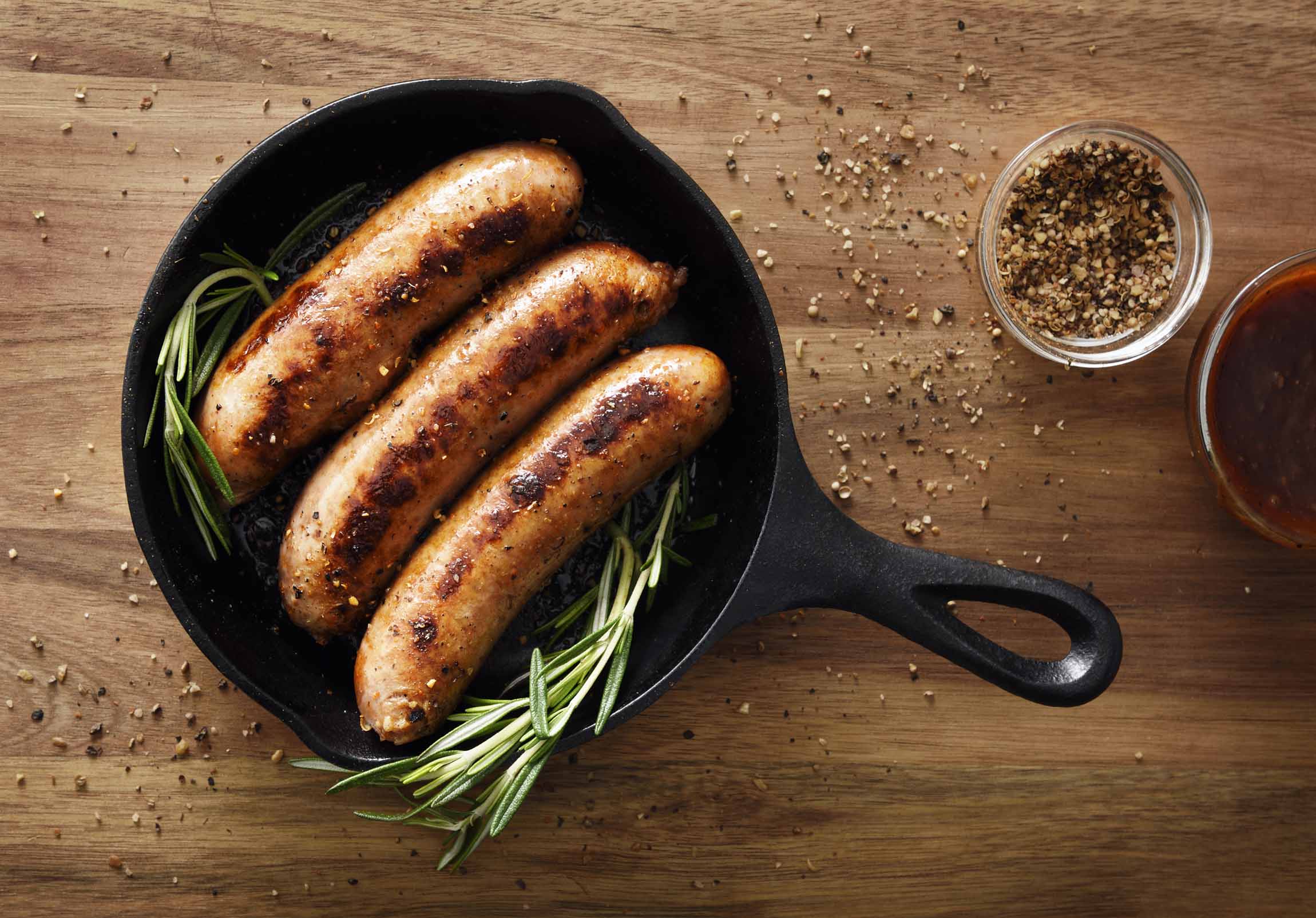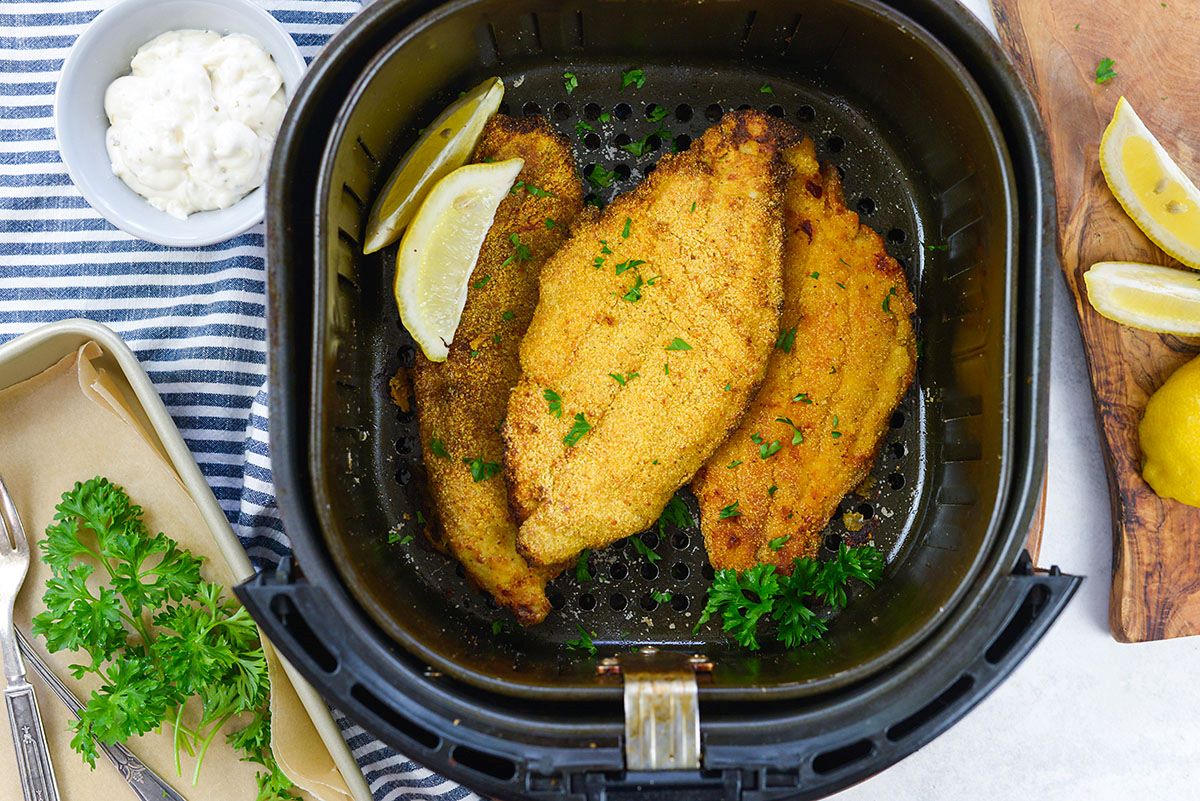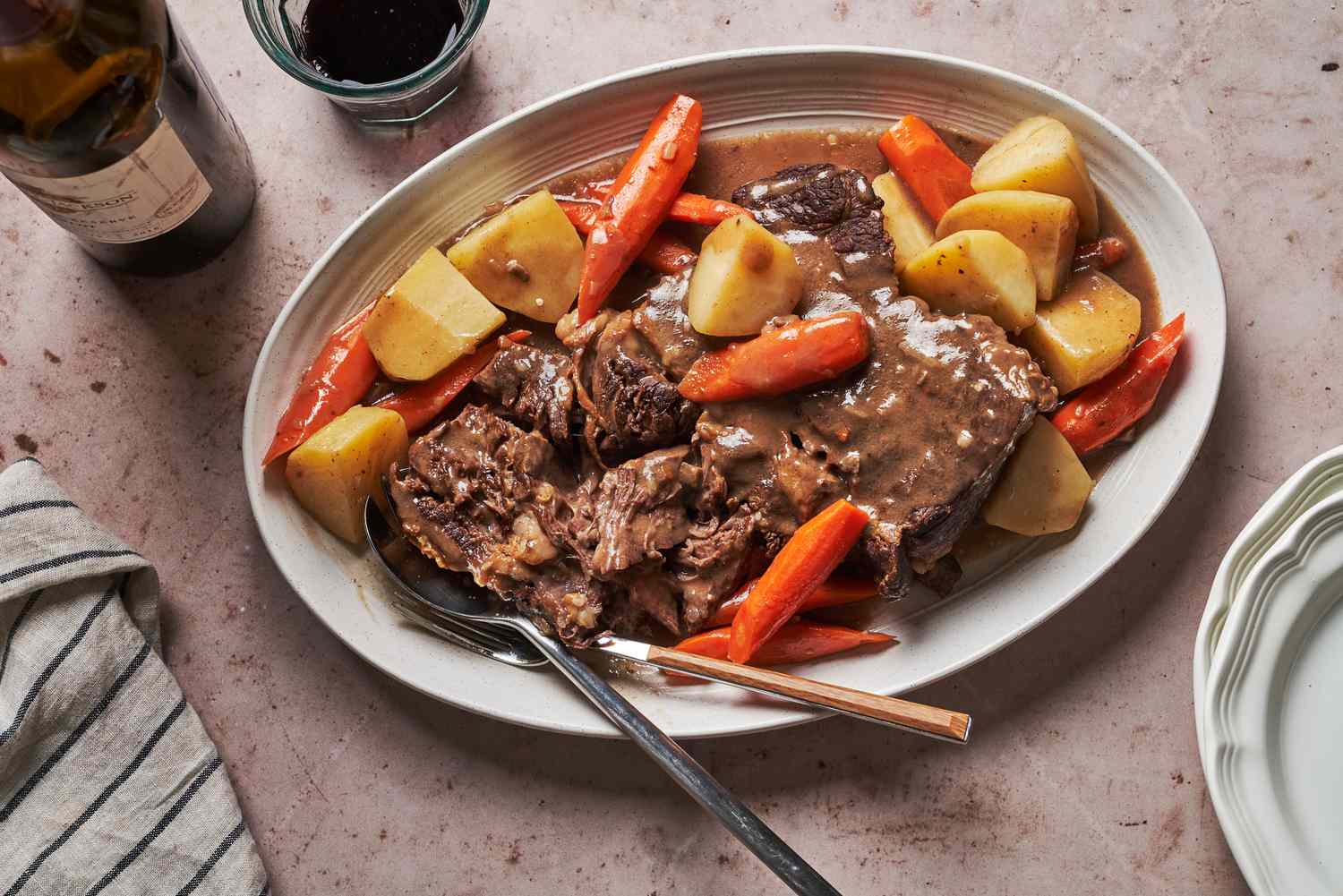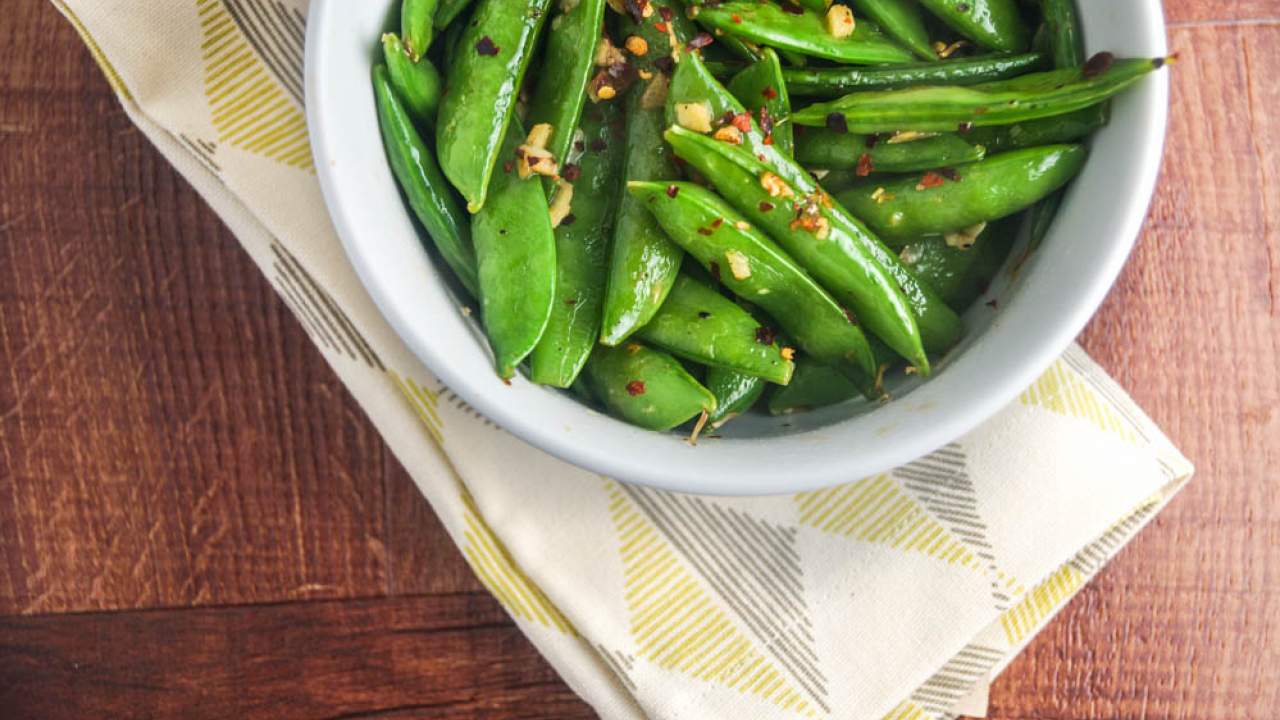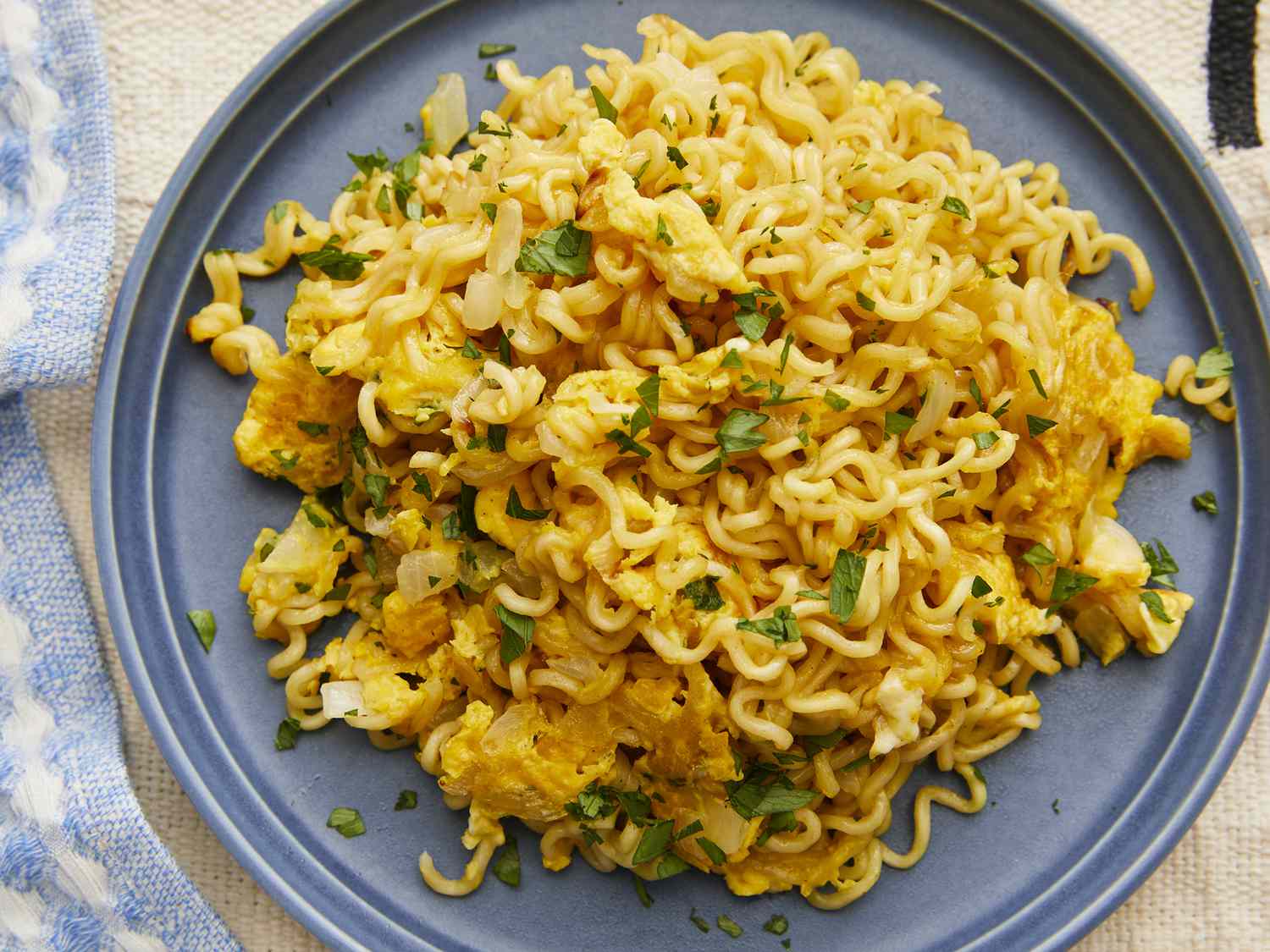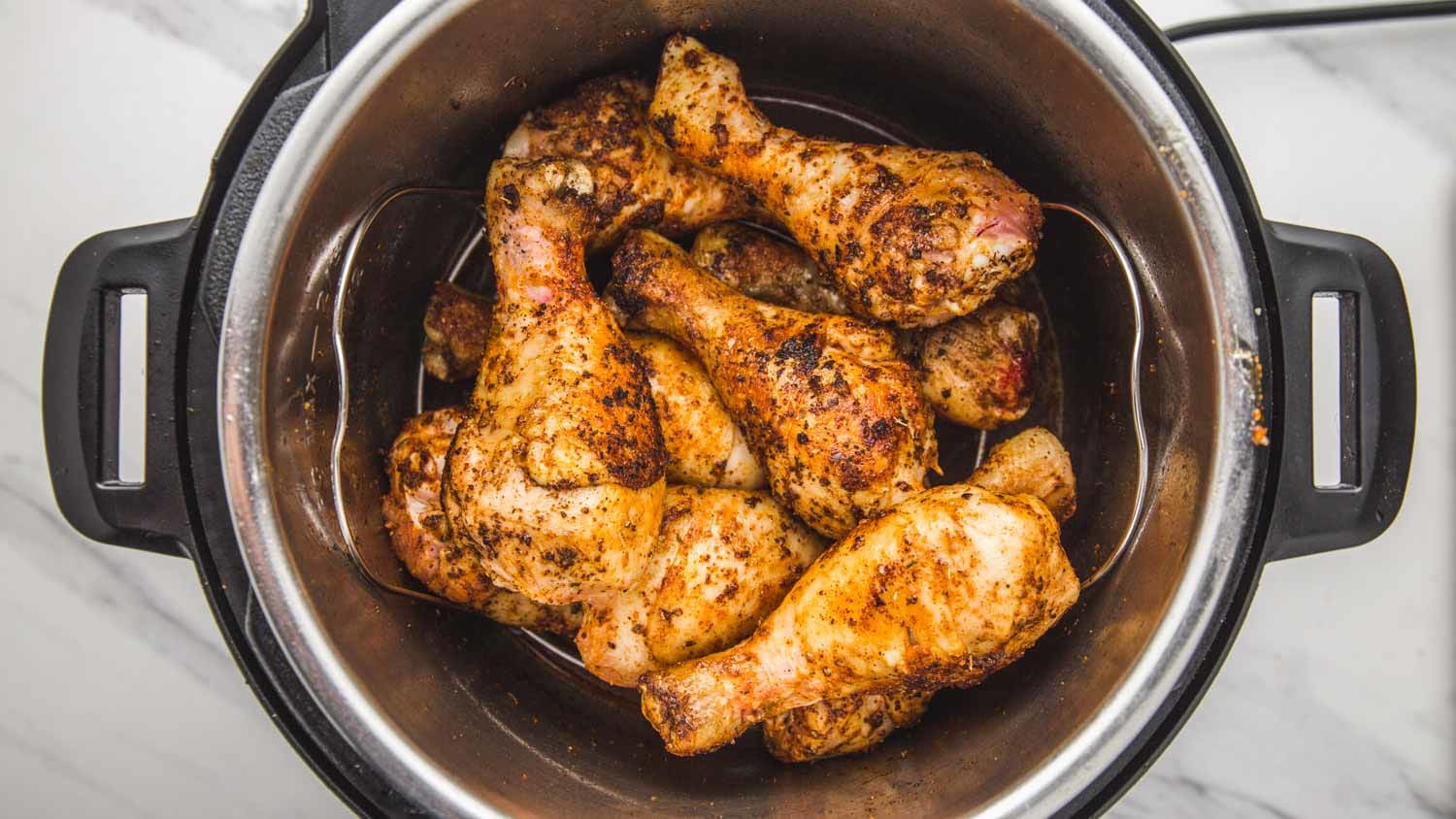10 Tips For Next Level Dauphinoise Potatoes
If you’re looking to take your potato game to the next level, look no further than Dauphinoise Potatoes. This classic French dish features thinly sliced potatoes baked in a creamy, cheesy sauce, resulting in a rich and indulgent side dish that pairs perfectly with any main course. To help you achieve potato perfection, we’ve compiled a list of 10 tips that will elevate your Dauphinoise Potatoes to new heights. Let’s get started!
- Choose the right potatoes: For the creamiest and most velvety texture, opt for starchy potatoes such as Russets or Yukon Golds. These varieties will soak up the flavors of the sauce without turning mushy. Avoid waxy potatoes like red or new potatoes.
- Thinly slice your potatoes: To ensure even cooking, slice your potatoes into thin, uniform slices. You can use a mandoline or a sharp knife for this task. Thinner slices will cook faster and result in a more delicate texture.
- Infuse your cream: Take your Dauphinoise Potatoes to the next level by infusing the cream with additional flavors. In a small saucepan, gently heat the cream with aromatics like garlic, thyme, or bay leaves. This will add depth and complexity to the final dish.
- Layer, layer, layer: To achieve a luscious and creamy texture, layer the sliced potatoes and sauce in a baking dish. Start with a layer of potatoes, then generously pour over some of the infused cream sauce. Repeat this process until all the potatoes and sauce are used, ensuring the top layer is covered in sauce.
- Don’t skimp on the cheese: Dauphinoise Potatoes are known for their cheesy goodness. Be generous with your cheese of choice, whether it’s Gruyere, Emmental, or a combination of both. The cheese will melt into the sauce, creating a golden crust on top.
- Season well: Potatoes have a neutral flavor, so it’s crucial to season each layer generously with salt, pepper, and any other herbs or spices you desire. This will enhance the overall taste of the dish and prevent it from becoming bland.
- Cover it up: To prevent the top layer of potatoes from becoming too crispy or dry, cover the baking dish with foil for the first half of the cooking time. This will ensure that the potatoes cook evenly and remain moist and tender.
- Let it rest: Once your Dauphinoise Potatoes are out of the oven, resist the temptation to dive right in. Allow the dish to rest for a few minutes before serving. This will give the potatoes a chance to set and the flavors to meld together for a more harmonious taste.
- Pair it perfectly: Dauphinoise Potatoes are fantastic on their own, but they also make a great accompaniment to many dishes. Serve them alongside a juicy steak, roast chicken, or even a hearty vegetarian casserole. The creamy, cheesy goodness will complement any protein or veggie-based main course.
- Experiment with variations: While the traditional version of Dauphinoise Potatoes is divine, don’t be afraid to get creative and add your own twist. Consider incorporating different cheeses, herbs, or even some sautéed onions or mushrooms for added flavor and texture.
By following these 10 tips, you’ll be well on your way to creating Dauphinoise Potatoes that will impress even the most discerning palates. So, roll up your sleeves, gather your ingredients, and get ready to take your potato game to the next level!
Want to share your own tips and tricks for making the perfect Dauphinoise potatoes? Head over to the Cooking Techniques section of our forum and join the discussion on “10 Tips For Next Level Dauphinoise Potatoes”!
FAQ:
Can I use any type of potato for dauphinoise potatoes?
While traditional dauphinoise potatoes are made with waxy potatoes such as Yukon Gold or red potatoes, you can certainly experiment with different varieties. Just keep in mind that waxy potatoes tend to hold their shape better during the cooking process and result in a creamier texture.
How thin should I slice the potatoes for dauphinoise?
It’s essential to slice the potatoes uniformly to ensure even cooking. Aim for slices that are around 1/8 inch thick, you can use a mandoline or a sharp knife to achieve consistent slices.
Can I use a different type of cheese instead of Gruyère for dauphinoise potatoes?
Absolutely! While Gruyère cheese is the classic choice for dauphinoise, you can experiment with other cheeses to add your own twist to the dish. Complementary options include cheddar, fontina, or even a combination of different cheeses for a more complex flavor.
Should I parboil the potatoes before baking them?
Parboiling the potatoes can help ensure they cook evenly and soften before going into the oven. This step can also help save some cooking time while still achieving tender potatoes. However, it’s not mandatory, and you can skip it if you prefer a slightly firmer texture.
How can I prevent the cream from curdling in dauphinoise potatoes?
To prevent the cream from curdling, make sure to bake the dish at a moderate temperature, around 350°F (175°C). Additionally, avoid boiling the cream before adding it to the potatoes and make sure the cream covers the potatoes completely, so there are no exposed surfaces that may curdle.
Can I make dauphinoise potatoes ahead of time?
Yes, dauphinoise potatoes can be prepared ahead of time. You can assemble the dish, cover it tightly, and refrigerate it for up to 24 hours before baking. Just make sure to adjust the baking time accordingly, as chilled potatoes will take longer to cook through.
How do I achieve a crispy golden crust on top of dauphinoise potatoes?
To achieve a crispy golden crust, you can sprinkle some breadcrumbs or grated cheese on top of the dish before baking. You can also finish the potatoes under the broiler for a few minutes at the end of baking to crisp up the top layer.
Was this page helpful?
Read Next: Top 10 Tips For Healthy Thai Cooking
